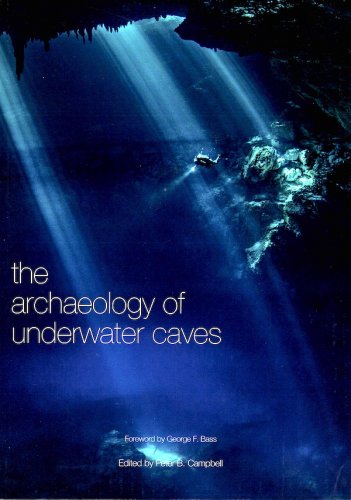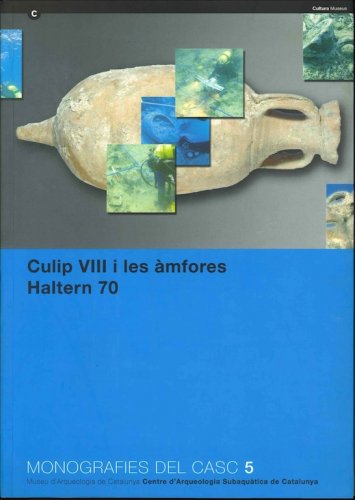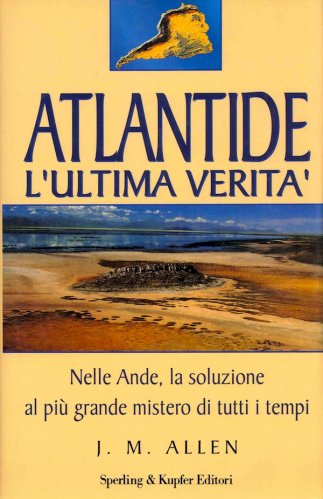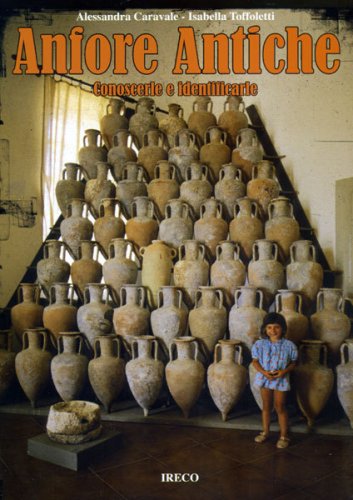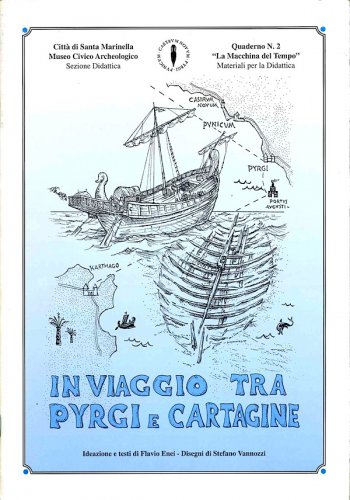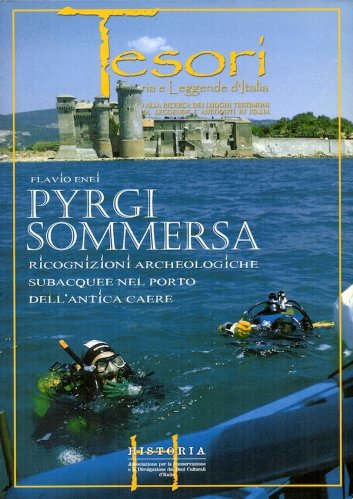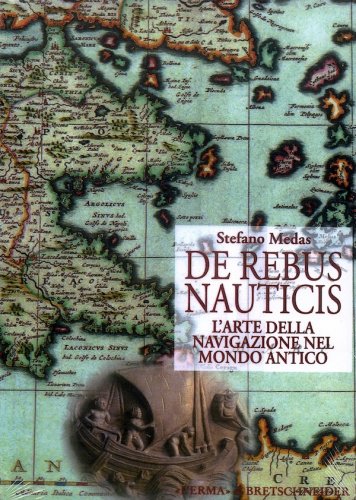Archaeology of underwater caves
Archaeology of underwater caves
- Disponibile in 7 giorni
- Possibilità di reso entro 10 giorni lavorativi
- Transazione sicura con carta di credito, Paypal o bonifico bancario
- Spedizione tracciata con SDA
The Archaeology of Underwater Caves is an exploration of karst and marine caves around the world. Caves have drawn explorers since early forays by John Leland, King Henry VIll's antiquary, at Bath in 1545, Helisaus Roßlin at Niederbronn-les-Bains in 1593, and the discover of Capri's Blue Grotto in 1606. Caves were at the forefront of modern underwater exploration such as at Wookey Hole (1935- 1946) and Jacques Cousteau's team in 1946, as well as featured in popular books like Cousteau's Silent World, Sheck Exley's Caverns Measureless to Man, and Dan Lenihan's Submerged. In 1966, George Bass, the father of nautical archaeology, wrote that underwater caves had "so far defied thoughts of proper excavation... [but] technical advances may be able to untangle the jumbled context at a future date." In the foreword Bass announces, "that future date has arrived." Underwater caves provide insight into areas critical for understanding the past, such as drowned landscapes and religion since the Paleolithic. Karst systems provide a window into ritual cave use. The Roman Servius wrote, "There is no spring that is not holy." Indeed, Solomon was anointed king of Israel at the Gihon Spring, Jason and the Argonauts cast Argo's anchor into the Artacie Spring, Buddha was born at the Lumbini Spring, and the angel Gabriel created the Zamzam Spring for the infant Ishmael at Mecca. Archaeology in these underwater cave svstems can provide unparalleled perspective on ancient cultures. Alfred M. Tozzer described Chichén Itza's Sacred Cenote by saying, "There is perhaps no other single collection in New World archaeology that has offered so comprehensive a view of the aesthetic life of an ancient people." Elsewhere, the most sensitive organic remains - brain tissue dating to 7,000 and 10,000 years ago - are preserved in underwater caves The volume draws on the last sixty years of research in springs, cenotes, flooded caverns, sea caves, and cave lakes with chapters written by original excavators. Authors address topics including early humans, sea level and climate change, ritual and religion, and art from many different cultures. The sites span the globe and include famous caves such as France's Cosquer Cave, Mexico's Hoyo Ne-gro, and Italy's Blue Grotto. Many readers will find The Archaeology of Underwater Caves fascinating, from divers exploring underwater passages to historians searching written passages, from archaeologists who dive in to anthropologists who study communities on the surface, and those interested in human origins to those seeking an understanding of religion. As each chapter explores, underwater caves are rare sites providing incredible perspective on ancient cultures.

